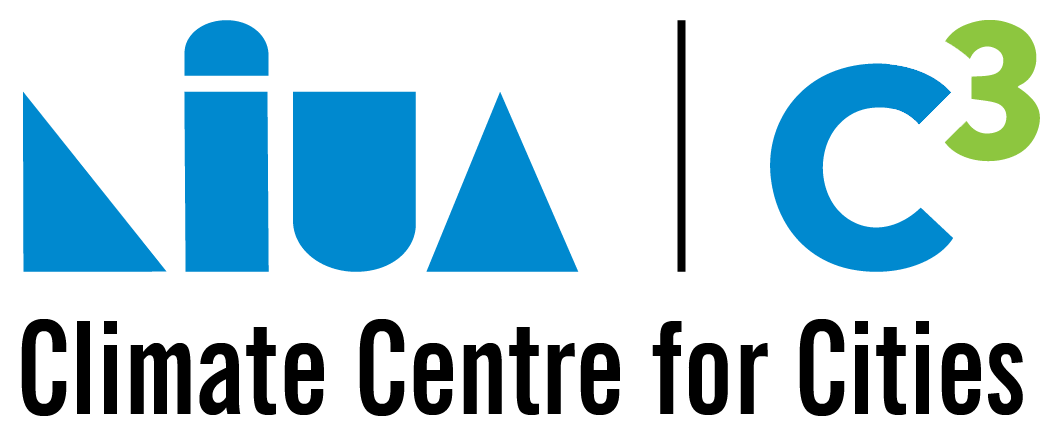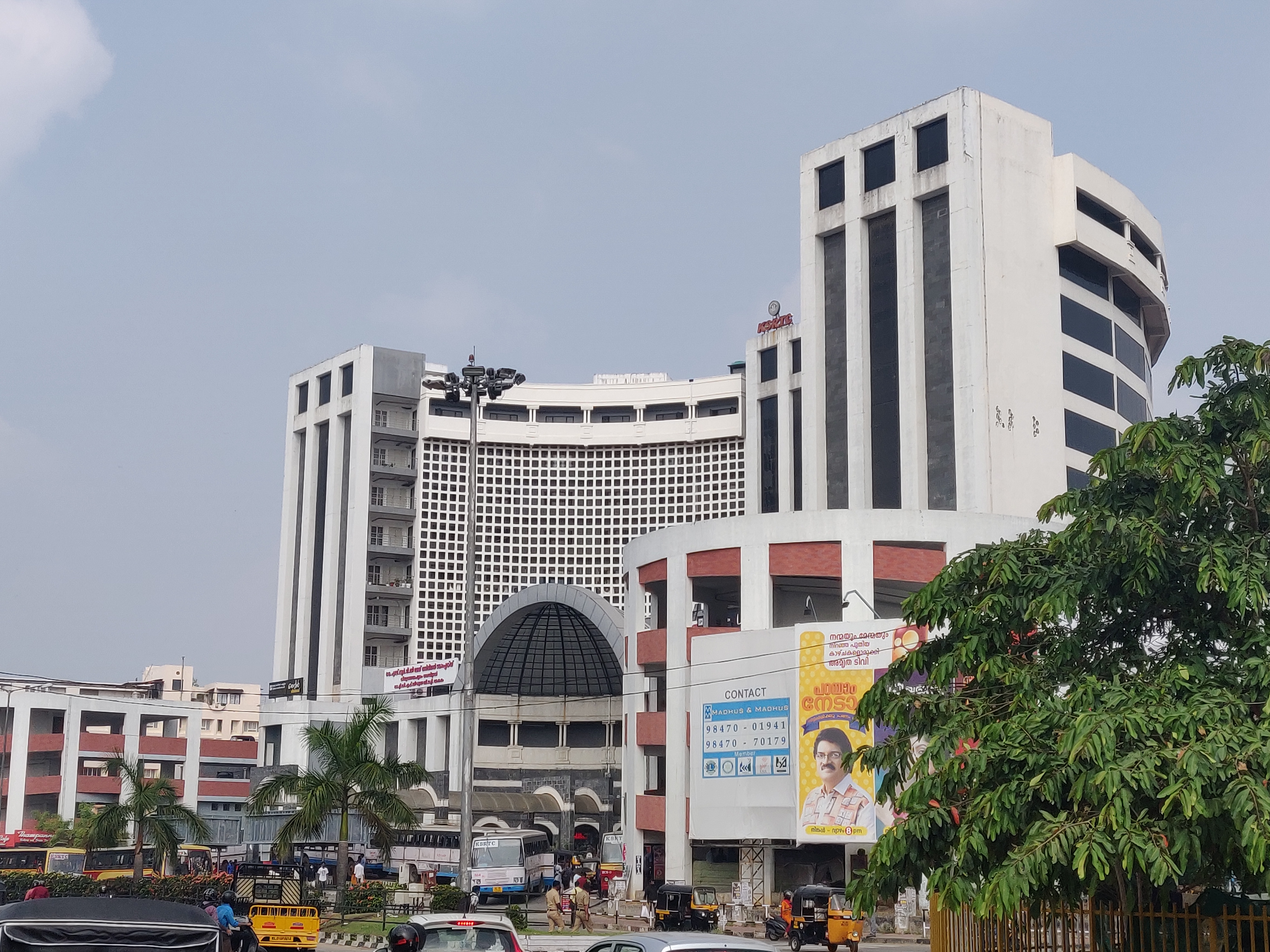CLIMATE SENSITIVE ENERGY TRANSITION APPROACH FOR THE INDIAN SMART CITIES
Published On:
Wednesday, September 30, 2020
Growth in urbanization across the world inherently assume responsibility for most of the world’s carbon emissions. According to International Energy Agency’s (IEA) Energy Policy 2020, India is the third largest consumer of primary energy and also electricity, with major electricity use occurring in the industries, buildings, and agriculture sectors. As per 2011 census, 31% of the Indian population live in the cities and it is expected to rise by 60% in 2050. Increasing energy intensity in mega cities [1], and the projected growth of Tier 2 cities [2] will bring out the explosion in the consumption patterns, peaking demands across the nation’s grid and increased emissions. The key contributors to greenhouse gas (GHG) emissions from Indian cities are industries, buildings, municipal services and transportation.
The equation for creating a truly smarter urban metabolism depends on the way the city inclusively re-values flow of materials, citizens and energy to create a better quality of life for its citizens. The New Urban Agenda adopted during Habitat III conference in Quito, Ecuador, in October 2016 recognises the challenges of improving energy efficiency and managing energy demands by cites. Habitat III strongly advocated support to “sub-national and local governments, as appropriate, to develop sustainable, renewable, and affordable energy, energy efficient buildings and construction modes, and to promote energy conservation and efficiency.” To begin with, for the cities to operate in a sustainable manner, there is a need for defined frameworks providing the best practices and targets/ benchmarks on energy efficiency, renewable energy, air quality, water, and waste management.
With the recent improvements in the urban planning, aided with data acquisition and analysis technologies, there is a good availability of frameworks developed for inducing carbon neutrality in cities like Climate Positive Development program by C40 Cities, 2000-watt Smart Cities concept by 2000-Watt Smart City Association (Fig 1), Climate Neutral Cities by UNECE, Framework for long term deep carbon reduction planning by Carbon Neutral Cities Alliance (CNCA), etc.
Figure 1 Framework for carbon neutral smart cities
Source: 2000 Watt Smart City Association
India is entering a critical phase at which the growth momentum presents an opportunity for accelerating national development and creating the foundation of a sustainable urban future. India’s commitment towards Intended Nationally Determined Contributions (NDCs) form a significant part of its Sustainable Development Goals strategy. These include substantially reducing the emission intensity of GDP, tapping non-fossil fuel energy sources, and creating additional carbon sink.
Government of India has come up with policies and programmes like Smart Cities Mission (SCM), Atal Mission for Rejuvenation & Urban Transformation (AMRUT), National Mission for Sustainable Habitat (NMSH), Jal Sakthi Mission, etc., to define the strategies for the sustainable growth of urban centres across India. Some of the key intended outcomes of these missions are:
|
|
These missions have been implemented through financing from the Central Government, State Governments and Public-Private-Partnership. For improving public inclusion, Ministry of Housing and Urban Affairs (MOHUA) has been rolling out the following policy frameworks for the cities to adapt while improving their infrastructure (Fig 2).

Figure 2 Missions and frameworks for smart and sustainable cities
The Climate Smart Cities Assessment Framework (CSCAF) provides a methodology for assessment of the Smart Cities based on their climate change mitigation and adaptation performance and support them in improving their performance in five thematic areas. Energy and Green Buildings (EGB) thematic area is one of the highest ranked sections accounting to 25% of the assessment score, with six indicators focusing on reduction of fossil fuel consumption, adoption of renewable energy, energy efficiency and green building norms in the city.

Figure 3 An approach that cities can utilize the existing policy instruments in the national and state levels on energy and efficiency and renewable energy
For a swift and sustainable transition to carbon-neutral city development, the Indian cities can emphasize on the integrated, system thinking and evidence-based planning, implementation, and management practices to augment the quality of built infrastructure, municipal services, and the associated energy systems. As the opportunity to curb the impacts of climate change lies on the table of the city administrators, it is now the time for Indian cities to act faster than ever, vehemently supported by the technology innovations and growth in the clean energy sector. In the past 5 years, India has seen a tremendous growth in the Solar PV markets through innovative business models supported by easily available credit facilities, followed by the Energy Services models for energy efficiency projects in buildings, industries, and municipal services. As the technologies and the market are currently ready for the clean energy transition, it requires responsiveness and willingness of the cities to grab these opportunities!
[1] As per the Maharashtra Economic Survey 2016, the per capita electricity consumption was 1,947 kWh/person.year in Mumbai as compared to that of 965 kWh/person.year in Maharashtra, and with the Indian average of 712 kWh/person.year )
[2] (17 out of 20 fastest growing cities between 2019 and 2035 are projected to be in India, which include cities like Surat, Agra, Bengaluru, Hyderabad, Nagpur and Chennai, as per the Oxford Economics report 2019)
Disclaimer: Views expressed are personal
Contact Us
1st and 2nd Floor, National Institute of Urban Affairs
India Habitat Centre Lodhi Road New Delhi-110003
Please Call Help Desk at 011-411-86699
Monday - Friday, 9:00 AM - 5:00 PM
Please write to us at c-cube@niua.org







Post a Comment